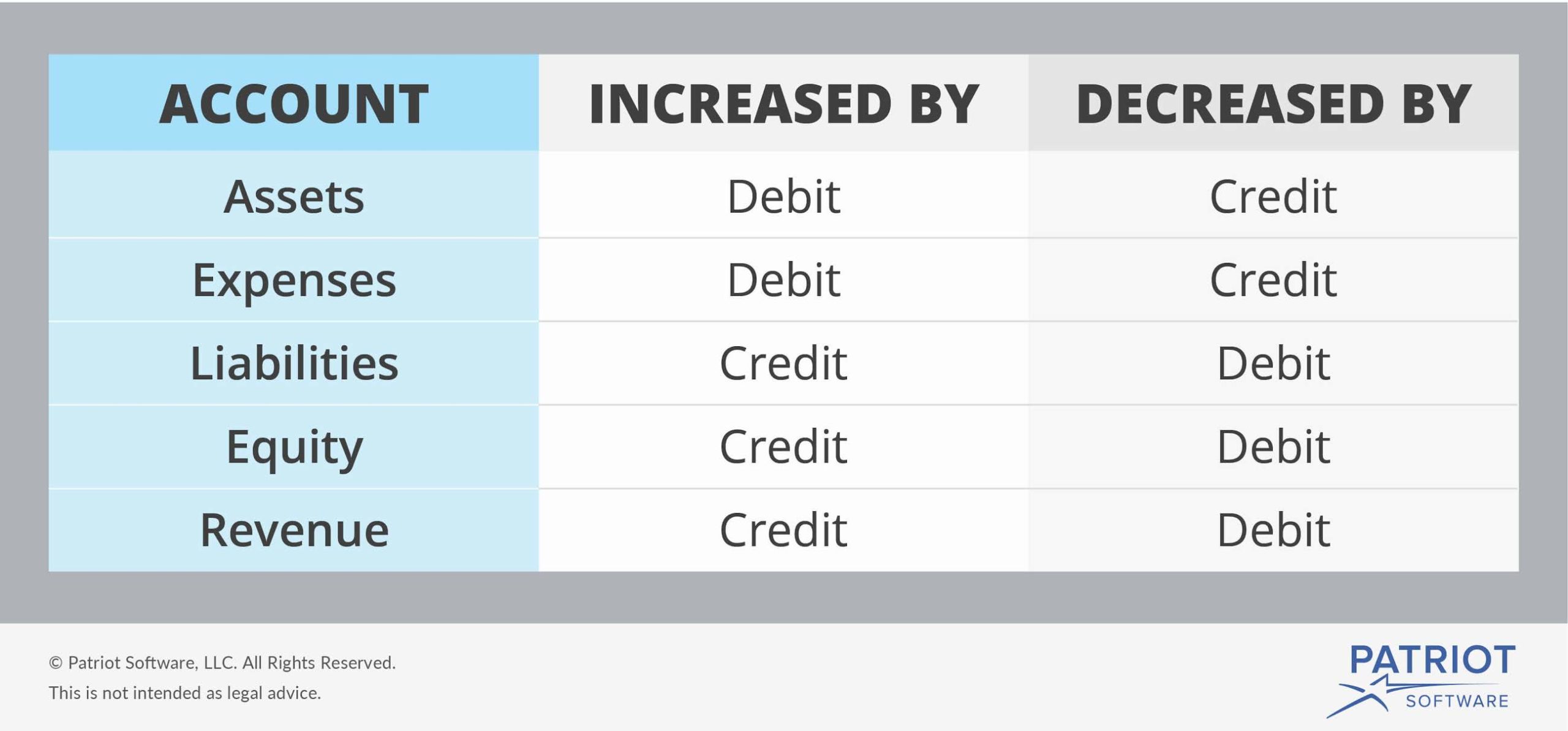
In this case, it increases by $600 (the value of the chair). Your “furniture” bucket, which represents the total value of all the furniture your company owns, also changes. Just like in the above section, we credit your cash account, because money is flowing out of it.īut this isn’t the only bucket that changes. First, we move $600 out of your cash bucket. Here’s what that would look like using our bucket system. Your friend ordered an extra one, and she can sell it to you for cheap. You’ve been looking for this model for months, but all the furniture stores are sold out. After taking a tour of the office, your friend shows you a beautiful ergonomic standing desk. Let’s say that one day, you visit your friend’s startup. That’s what credits and debits let you see: where your money is going, and where it’s coming from. It has to come from somewhere, and go somewhere. Money doesn’t just disappear or appear out of nowhere. There’s one thing missing from the examples above. When money flows out of a bucket, we record that as a credit (sometimes accountants will abbreviate this to just “cr.”)įor example, if you withdrew $600 in cash from your business bank account:Īn accountant would say you are “crediting” the cash bucket by $600 and write down the following: Account When money flows into a bucket, we record that as a debit (sometimes accountants will abbreviate this to just “dr.”)įor example, if you deposited $300 in cash into your business bank account:Īn accountant would say we are “debiting” the cash bucket by $300, and would enter the following line into your accounting system: Account

#Debit credit accounting full#
Recording what happens to each of these buckets using full English sentences would be tedious, so we need a shorthand. When your business does anything-buy furniture, take out a loan, spend money on research and development-the amount of money in the buckets changes.

One bucket might represent all of the cash you have in your business bank account (the “cash” bucket)Īnother bucket might represent the total value of all the furniture your business has in its office (the “furniture” bucket)Īnother bucket might represent a bank loan you recently took out (the “bank loan” bucket) Think of these as individual buckets full of money representing each aspect of your company. Under this system, your entire business is organized into individual accounts. Most businesses these days use the double-entry method for their accounting. In a nutshell: debits (dr) record all of the money flowing into an account, while credits (cr) record all of the money flowing out of an account.


 0 kommentar(er)
0 kommentar(er)
